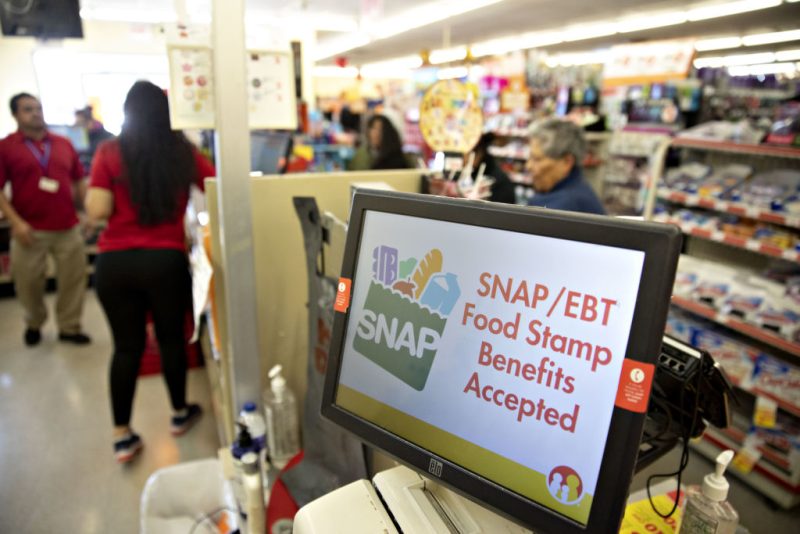EL PASO, Texas (KTSM) — The El Paso-Las Cruces metroplex region could be positioned to feel an “outsized effect” due to the potential cut to Supplemental Nutrition Assistance Program (SNAP) funding, according to a university professor of economics.
“El Paso and Las Cruces are among the 20 most impoverished metropolitan economies in the United States, and there is a higher percentage of local households that rely upon SNAP benefits to be able to cover their food bills every month,” Tom Fullerton, professor of economics at the University of Texas at El Paso, said.
While it is still unclear if the SNAP program will lose funding come Saturday, and if it does, how long will that last, Fullerton warned that if the cuts to SNAP last an extended period of time, the impact will be felt beyond the affected households.
“It also creates downside risks for a lot of the convenience stores and the grocery stores that are located in areas or in neighborhoods where SNAP reliance is higher than elsewhere. It might potentially lead to the closure of some of the food stores around both Las Cruces and El Paso. And that could translate into larger food deserts that already exist,” Fullerton said.
Fullerton said that if the cuts to SNAP were maintained specifically for one year, it would translate into a loss of about $562 million to the El Paso economy. For Las Cruces, Fullerton said the loss would be about $146 million.
Meanwhile, local hunger relief organizations have continued to prepare for increased demand as food insecurity in the borderland region is expected to grow due to the ongoing government shutdown and the potential suspension of SNAP benefits.
“We’re fighting multiple fronts. We’re not only up against it with the shutdown, but also with the changes to SNAP benefits. So it’s already a taxing year, but then now you’re adding more challenges on top of that,” Kris Yagel, interim CEO of El Pasoans Fighting Hunger Food Bank, said.
Yagel said that they have primarily been serving furloughed federal workers over the past couple of weeks, with about 2000 food box requests made from federal agencies. He said they have been able to meet that demand, but expects that to increase if SNAP funding is indeed suspended.
“I will tell you that there are just under 145,000 Snap recipients in our service area. So that gives you an idea of the population that potentially could approach the food bank,” Yagel said. “We serve about 1500 families a day out of our main location. So in a week’s time, that’s 6000 families just out of our main location. And then, more with our partner pantries as well. We don’t necessarily anticipate that number changing right away, but over time, as the food insecurity goes up and if the shutdown persists, things can really continue to climb.”
 Read: Read More
Read: Read More




